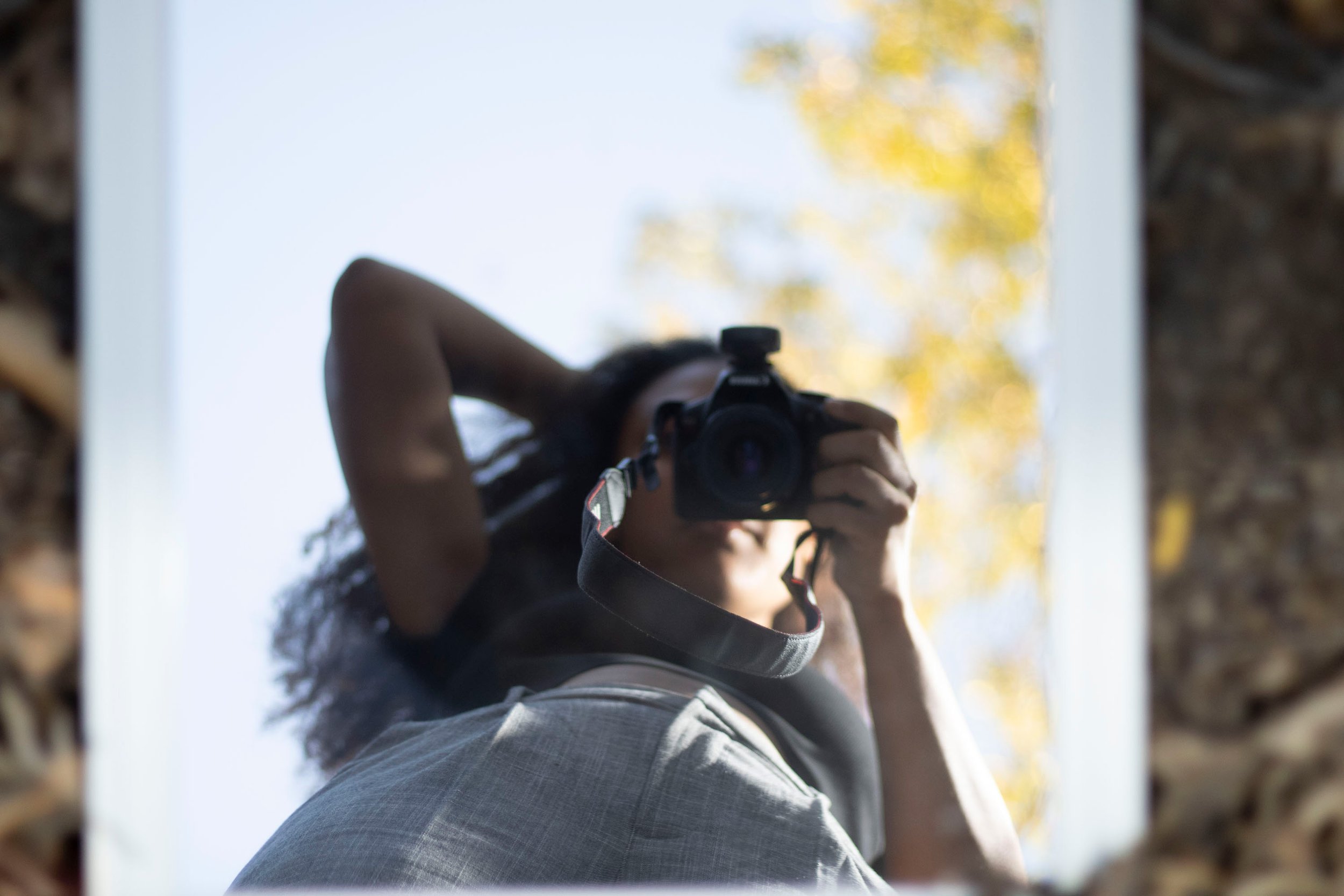Mk Palaris
On Monday, Jan. 22, California Faculty Association (CFA) workers, part of the largest public university systems in America, walked the picket line. Donning ponchos, they echoed chants of “overeducated and under-compensated.” In efforts to address disproportionate salaries and advocate for better working conditions, the strike was planned to last from Jan. 22 to Jan. 26. Had an agreement not been reached within that time frame, there was a possibility of further escalation. However, the whole ordeal took an unexpected turn when CFA and the California State University (CSU) administration came to a tentative agreement (TA) after one day of striking.
Representing nearly 30,000 professors, lecturers, librarians, counselors and coaches, CFA’s strike marked a significant development in picketing in its sheer magnitude. According to a Strike FAQ on Calfac.org, faculty initiated the strike to fight for a 12% raise, manageable workloads, improved parental leave, accessible and inclusive campuses and more student counselors. With the salary of professors ranging between $64,000 to $122,000, members of the lower-receiving end had the most pressing demand for a 12% raise, with the CFA website reading, “If faculty cannot take care of themselves, we cannot take care of our students.” CFA’s proposals have been addressed in the statutory process but were denied by CSU administration, prompting faculty to strike.
Despite reaching a tentative agreement, it did not come without compromise and alterations from CFA’s original demands. According to an Inside Higher Ed article, the union was aiming for a 12% increase in salary, but the final tentative agreement was just a 5% increase. Additionally, 10 weeks of paid parental leave was granted, but not the full semester like originally requested. The tentative agreement didn't promise more student counselors, but a follow-up CFA news post did acknowledge the goal to increase the student-to-counselor ratio to 1,500:1. With some points of the tentative agreement failing to meet CFA’s demands completely, many union members have criticized the ordeal. Associate professor Andrew Bryne of California Polytechnic State University told Inside Higher Ed, “I don’t understand why this ended so abruptly when so many people showed up […] for results that seem to fall really far short of what our opening demands were.” Many CFA workers were unsatisfied with these discrepancies.
With the tentative agreement on the table, members of CFA are left to either cast a “yes” or “no” vote. A “yes” marks an endorsement of every aspect detailed in the tentative agreement, accepting the compromise reached during negotiations. Conversely, a “no” rejects the agreement, bringing faculty to return to the original terms of imposition. These terms, which included a 5% general salary increase, a pay increase to department chairs and the consequence of higher faculty parking lot fees, would have CSU management not obligated to return to negotiations. As professor Jennifer Eagan of CSU East Bay told CFA, “A yes vote on this Tentative Agreement means progressive movement in areas of our contract that haven’t moved in a very long time. A no vote on this TA would give away everything we forced the CSU to put on the table. Once given away, there are no guarantees that we would get them back.” As CFA members consider the implications of their votes, the decision carries consequences for further negotiations.
Amidst these developments, it’s imperative to note the existing wage disparity within the CSU system. Evident in the earnings of different employee categories, higher-level faculty, like Cal State presidents, earn substantially more than educators. At CSU, lecturers and professors typically earn salaries ranging from $64,000 to $122,000. Despite the wages of the lowest-paid faculty having seen approximately a 20% increase since 2007, campus presidents have seen growth of around 40%, elevating their average salaries to more than $400,000. While many of the professors in the system must work multiple jobs alongside teaching to make ends meet, anger erupts over the CSU chancellor’s nearly 1 million dollar yearly salary and $96,000 housing allowance. Lecturer Laura Quinn of Cal State Bernadino told LAist, “I have a master's degree, I’m teaching a full-time load at this place, and it's just not cutting it. And then you see a million-dollar chancellor with a $96,000 housing allowance.”
The anticipated week-long CSU wage strike ended after one day in an abrupt tentative agreement that many faculty believe falls short of the proposed demands. The forthcoming vote presents a dilemma for many faculty members, as the potential consequences of rejecting the agreement elicit reluctant “yes” votes from CFA members. Many faculty perceive the event as not fully addressing original demands, and tensions arise between CFA and CSU management.
Despite the strike, CSU faculty salaries are more than La Sierra's, underscoring the need for broader dialogue on fair compensation in academia. La Sierra faculty members are also overworked and underpaid, having large disparities as well between administration and faculty. While the average faculty wage for lecturers and professors is around $73,000–with its range as $58,000 to $94,000–a wage disparity exists in comparison to the university president, whose salary is around $250,000.
As CSU management grapples with their decision, it’s evident that the discussion on fair compensation for college faculty warrants attention by universities nationwide.










